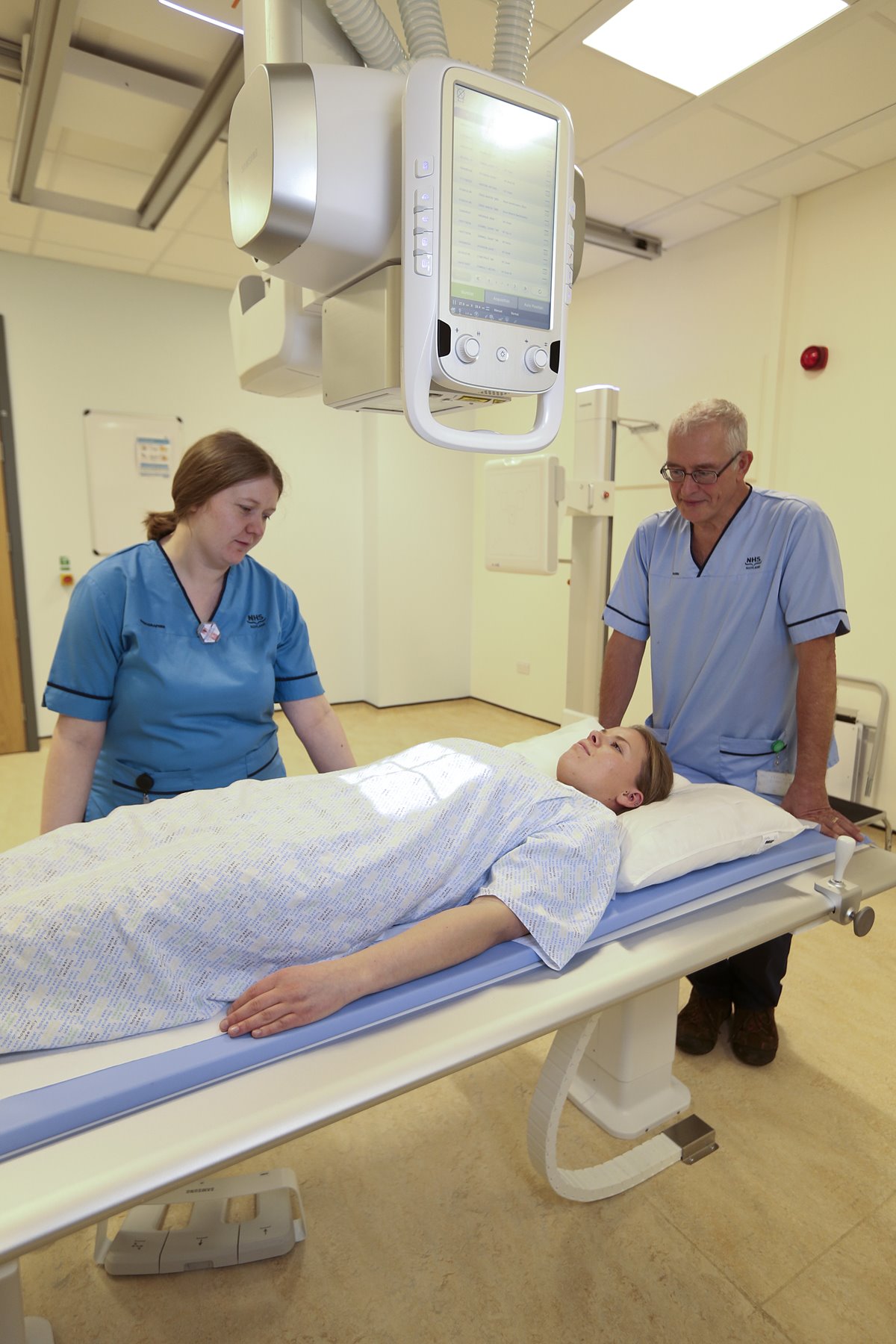New evidence-based guidance explaining why the use of patient contact shielding to protect critical organs is no longer necessary has been published by a working party of professional bodies and agencies, including the SCoR.
Aprons, thyroid and gonad shields provide 'minimal or no benefit', according to Guidance on using shielding on patients for diagnostic radiology applications.
The document concludes that there are other methods of radiation protection which are more effective in optimising exposure such as education and training, good radiographic technique, and appropriate use of technology.
"Over the last 70 years or so, it has been a common practice amongst radiological professionals to place radiation protective material directly on the surface of a patient during radiodiagnostic procedures to help reduce the dose to critical organs," the document summary states.
"This has led to the expectation amongst patients and professionals alike that this would continue. However, an increasing number of studies have raised concerns regarding the efficacy and effectiveness of such ‘contact shielding’. This has led to an inconsistency in application and, in some cases, friction between patients demanding shielding and professionals judging it is unnecessary or even potentially harmful."
Technical advances in medical imaging equipment mean that machines can now be adjusted to minimise radiation and still achieve a good quality image for diagnosis. It has also become apparent that protective aprons or ‘contact shielding’ can sometimes cover up the part of the body which needs to be imaged, or the shielding can move during an examination, or interfere with the imaging equipment.
This might require having a repeat examination, resulting in additional radiation to the patient. This has led to inconsistencies in the use of contact shielding across the UK.
As well as the Society and College, the working party included representatives from the British Institute of Radiology, Institute of Physics and Engineering in Medicine, Public Health England, the Royal College of Radiologists, and the Society for Radiological Protection.
The guidance is about contact shielding for patients only. Staff working in x-ray, CT rooms, and in interventional radiology should continue to wear aprons and shields because they have greater or repeated exposure to radiation and the risk of the exposure without the benefit.
The guidance recognises that a successful change in practice, with a smooth transition for patients, will depend on good leadership. The document says, “Leadership plays an important role in setting a standard for the appropriate use of patient contact shielding in diagnostic imaging. Continuing education and the consistent application of local procedures will encourage a culture of good practice.”
Guidance on using shielding on patients for diagnostic radiology applications.
